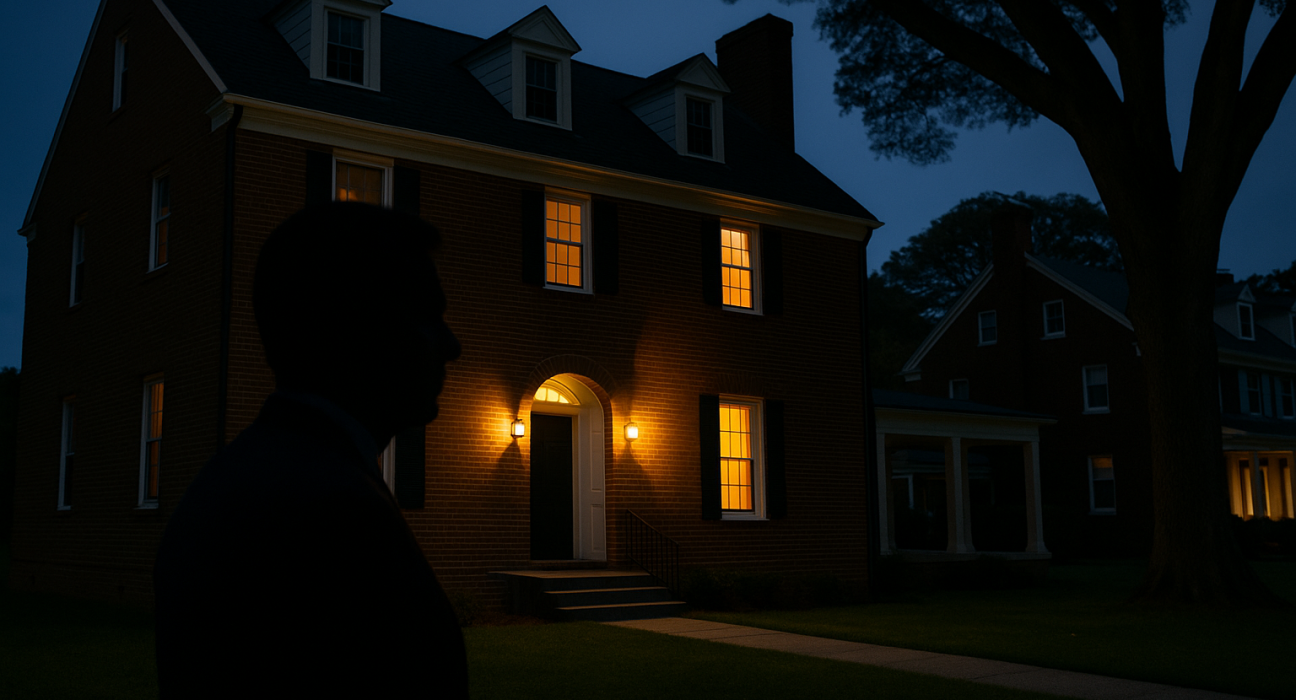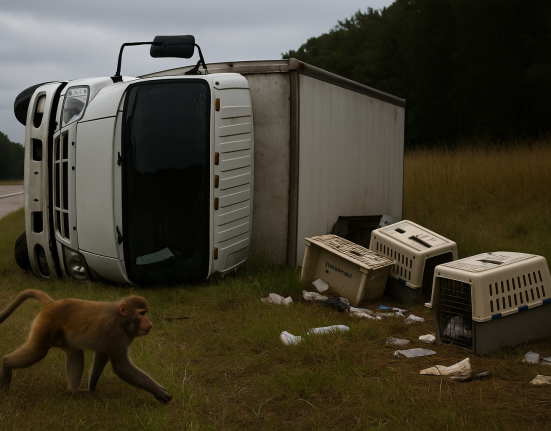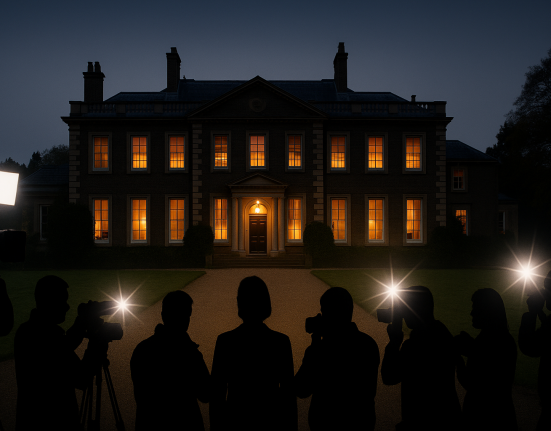The article reports that a notable number of senior officials in the Donald Trump administration—including Stephen Miller (former White House adviser), Marco Rubio (Secretary of State) and Kristi Noem (Secretary of Homeland Security)—have moved into housing on U.S. military installations in the Washington, D.C., area. These homes were previously occupied by senior uniformed officers.
Specifically, Miller and his family relocated from north Arlington, Virginia to a base residence after sustained protest activity near their home, including what Miller described as threats. The article notes that several other civilian officials have accepted housing in military-controlled compounds (e.g., “Generals’ Row” at Fort McNair, Joint Base Anacostia-Bolling) typically designated for high-ranking officers.
The piece highlights that while it is not unprecedented for cabinet-level officials to live on bases (for security or convenience), the scale of these relocations under this administration appears unusually large. The trend represents a blurring of the lines between civilian leadership and military infrastructure. The article also discusses the strain this is placing on the housing inventory available for uniformed officers and the symbolism embedded in having political appointees living in heavily secured, semi‐isolated military environments.
Analysts quoted in the piece argue that such moves reflect broader patterns of polarization, elite insulation, and the militarization of civilian governance. One academic is quoted saying that “in a robust democracy, you want the military to be for the defense of the country as a whole and not just one party.”
Main Points
- Several senior Trump-administration political appointees have accepted housing on military bases previously reserved for senior officers.
- These relocations follow periods of protest, perceived threat or public hostility near their civilian residences.
- The housing shifts raise questions about resource allocation (military housing inventory), symbolism of civilian-military boundary erosion and the increasing use of military facilities for political figures.
- Officials pay “fair market” rent analogous to military housing allowance, and base housing can reduce the government’s cost for security logistics.
- The pattern contributes to concerns about political isolation: officials living in secured “bubbles” separated from the public and daily civic environment.
Projections & What It Means for the Future
Civil-military boundary concerns: If more political appointees live in military bases, the distinction between civilian leadership and uniformed command may become less visible, potentially challenging traditional norms of democratic oversight and military neutrality.
Housing & resource strain: Continued use of senior-officer housing by civilian appointees may exacerbate shortages, force the military to expand or reallocate housing, and raise questions about fairness for uniformed personnel.
Symbolic and democratic implications: Officials living within base enclaves may become further isolated from the communities they serve, reducing informal civic contact and heightening perceptions of elite detachment—potentially eroding public trust.
Security rationales vs political benefits: While security concerns (e.g., threats to officials) may be genuine, these moves could also benefit politically by shielding appointees from protest or public scrutiny. The transparency of the decision-making process will likely be scrutinized.
Precedent for future administrations: The pattern may become normalized, leading to a permanent shift in how senior civilian officials are housed and protected, possibly elevating base housing into a routine perk rather than an exception.
In short, while individual officials may have valid security reasons, the broader trend of political figures moving into military housing prompts deeper questions about civilian-military relations, resource allocation and democratic norms.
References
- “Top Trump Officials Are Moving Onto Military Bases,” Michael Scherer, Missy Ryan & Ashley Parker, The Atlantic, October 30 2025. The Atlantic
- “Stephen Miller Is Hiding From Protesters by Living on Military Base,” The New Republic, October 30 2025. The New Republic








Leave feedback about this
You must be logged in to post a comment.